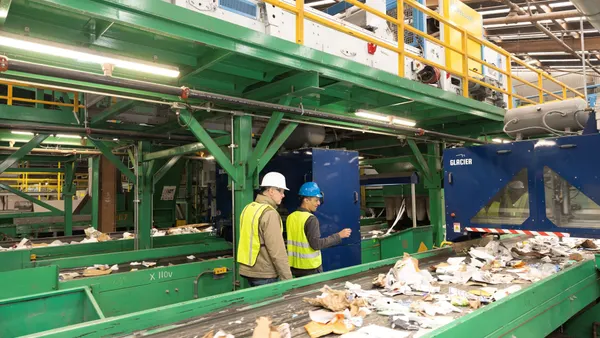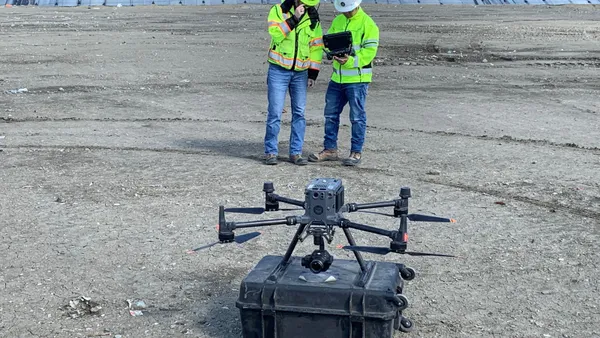Dive Brief:
- Ongoing public pushback against Baltimore's Wheelabrator-owned WTE facility is gaining support among state and local officials, reports The Baltimore Sun. A proposed city ordinance demanding continuous monitoring and dramatic reduction of emissions starting 2020 is seen as an attempt to effectively close the facility — imposed limits would be even more stringent than proposed state regulations.
- Meanwhile, state legislation seeks to remove the facility's "green energy" label — which qualifies it for more than $1 million per year in subsidies from utility customers — while also mandating that 50% of Maryland’s energy come from renewable sources by 2030.
- Wheelabrator is pushing back against the measures, noting the Baltimore facility already consistently meets federal and state air quality regulations. "Waste-to-energy is widely recognized as renewable, sustainable energy and should remain recognized as such by statute," Jim Connolly, Wheelabrator's vice president of environmental health and safety, said in a statement.
Dive Insight:
While incineration is commonly touted as an environmentally friendly alternative to landfills, Wheelabrator Baltimore has drawn increasing ire from local environmental groups in recent years. Critics cite its outsized effects on public health — according to EPA data, the facility, which has been in operation since 1985, produced 82% of the sulfur dioxide and 64% of the nitrogen oxides emitted by smokestacks within city limits in 2014.
Proposals targeting the facility enjoy support from a majority of the Baltimore City Council and the Maryland General Assembly. While the state legislature's previous attempt to strip Wheelabrator of its renewable subsidy proved unsuccessful, lawmakers and advocates note that recent natural disasters and dire climate change reports have spurred growing public attention and political momentum around environmental issues. Measures seeking stricter regulations on WTE facilities could be joined in Maryland's legislative session next month by a series of reforms aimed at promoting clean energy and greenhouse gas reduction.
However, Wheelabrator has highlighted the facility's role in fossil fuel reduction, arguing that motor vehicles — which produce 10 times the emissions of its local facility — are responsible for the bulk of Baltimore's pollution.
In addition, company officials insist the site is crucial toward fulfilling the region's waste disposal needs. Baltimore recycles just 20% of its waste; the bulk of the city's trash goes to the Wheelabrator facility, which processes up to 2,250 tons of waste daily — including from multiple surrounding counties. Remaining waste and incinerator ash are sent to a city-owned landfill, which is expected to reach capacity by 2027.
City officials have long discussed a new solid waste management plan — one which could potentially outline a future without WTE — but no details have been released.
It's been a bumpy year for some aspects of the WTE market. Confronted with low energy prices and limited domestic prospects, multiple operators — including Wheelabrator — have announced plans to shut down sites. Passage of the proposed city ordinance or state legislation could put further pressure on Wheelabrator Baltimore in the coming months — changes that could be weathered with the help of financial capital generated from Wheelabrator's recently announced sale to Macquarie Infrastructure Partners.










